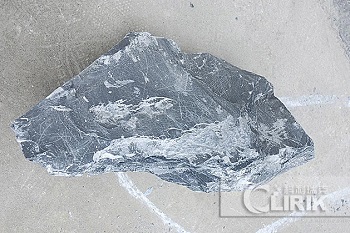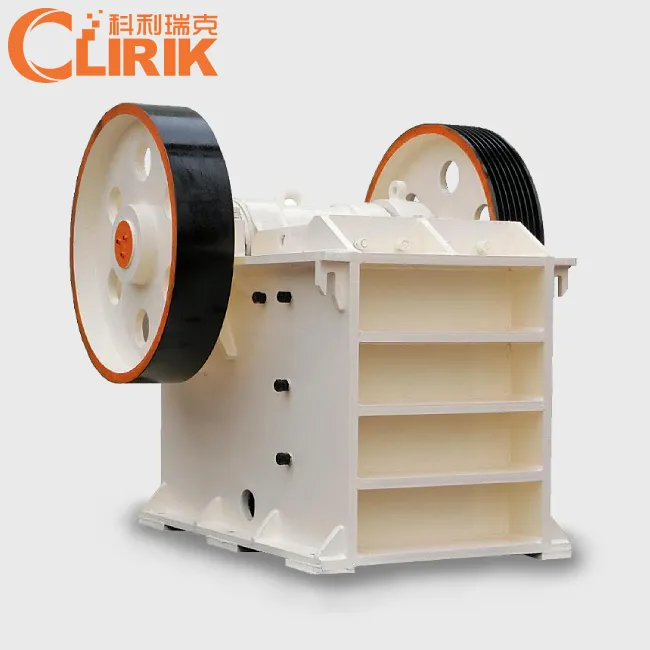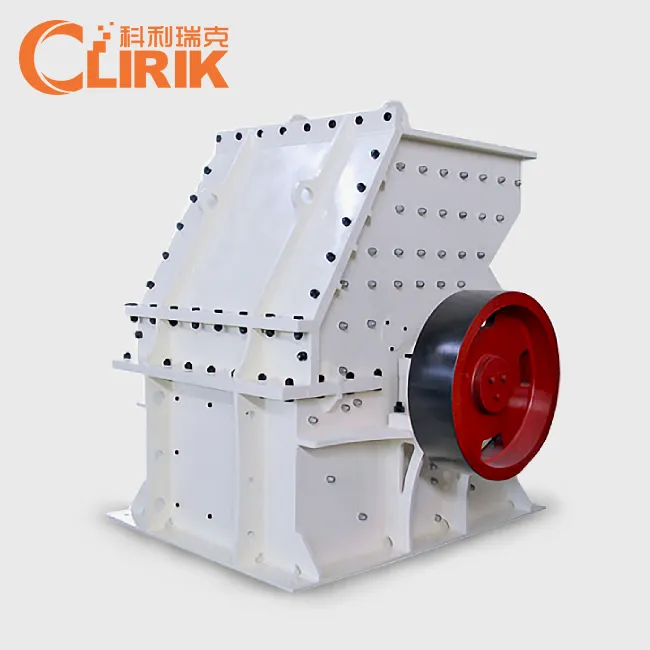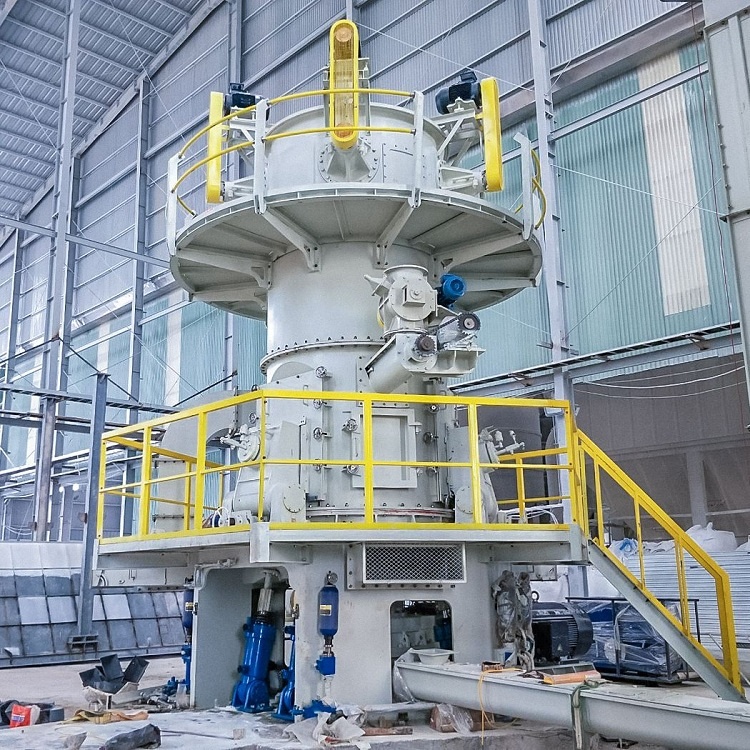Talc is a hydrothermal alteration mineral. Magnesium-rich minerals often become talc after hydrothermal alteration, so talc is often called olivine, enstatite, amphibole, tremolite and other mineral illusions. Talc is a common silicate mineral, it is very soft and has a creamy feel. It is generally blocky, leafy, fibrous or radial, and the color is white, off-white, and it will have various colors due to other impurities. Hardness 1, specific gravity 2.7~2.8 Talc has excellent lubricity, anti-adhesion, flow aid, fire resistance, acid resistance, insulation, high melting point, chemical inactivity, good hiding power, softness, good gloss, strong adsorption, etc. Physical and chemical properties.

Talc powder is divided into two types: fine talc powder and fine talc powder according to the size of its crushed particle size. According to different industrial uses, the ground talcum powder can be divided into 7 varieties:
Coating grade talc powder: used for white body pigments and various water-based, oil-based, resin industrial coatings, primers, protective paints, etc.
Paper grade talc powder: used as filler for all kinds of paper and cardboard, wood asphalt control agent
Plastic grade talc: used as filler for polypropylene, nylon, polyvinyl chloride, polyethylene, polystyrene, polyester and other plastics
Rubber grade talc powder: used for rubber packing and anti-sticking agent for rubber products
Cable grade talc powder: used for cable rubber intensifier and cable isolating agent
Ceramic-grade talc powder: manufacturing electric porcelain, radio porcelain, various industrial ceramics, architectural ceramics, daily-use ceramics and porcelain glazes, etc.
Waterproof material grade talc powder: used for waterproofing membrane, waterproof coating, waterproof ointment, etc.
Fine talc powder: advanced paint coatings, plastics, cable rubber, cosmetics, copper paper coatings, textile lubricants, etc.

Name: Talc Grinding Mill
Model: HGM
Feeding Size: 10-25 mm
Output Size: 300-2500 mesh
Capacity: 1-45 ton per hour
Talc Grinding Mill Working Principle
When the talc grinding mill is at work, all the grinding rollers are rolling in the ring, and the materials are driven to the edge of the turnplate by the centrifugal force and fall down into the grinding chambers where the materials are repeatedly pressed, crushed and grinded by the rollers.
The high-pressure air blower constantly inhales air within the grinding mill and, in turn, the airflow with crushed materials are brought to the classifier whose high-speed impeller will screen the airflow: the unqualified particle size will fall and return to the mill for being reground while the qualified particle size mixed with air will go into the cyclone powder collector. Most of the qualified powders will fall and exit from the discharging valve at the bottom; a small proportion of the fine powders, with airflow, moves to the dust cleaner, and clings to the surface of the filter bags. At the same time, the fine powders clinging to the surface fall down by the sudden vibration of the filter bags, which is caused by the instantly ejected high-pressure gas controlled by the pulse valve. The materials from the above two lots are sent by the conveyor at the bottom to get finished powders packed. In addition, filtered clean air will be emitted from the air outlet of muffler in the end.
HOT PRODUCTS

Talc Raymond Mill
Capacity: 1-25 t/h
Max feeding size: 40 mm
Discharge fineness: 50-325 mesh
Range of application: Barite, calcite, potassium feldspar, talc…… [Read More…]

Micro Powder Grinding Mill
Capacity: 0.2-45 t/h
Max feeding size: 20 mm
Discharge fineness: 150-3000 mesh
Range of application: calcium carbonate, kaolin, carbon black, dolomite…… [Read More…]

Talc Ultrafine Grinding Mill
Capacity: 0.2-45 t/h
Max feeding size: 20 mm
Discharge fineness: 150-3000 mesh
Processing materials: non-flammable and explosive non-metallic ores with Mohs hardness less than 7…… [Read More…]

Talc Jaw Crusher
Output Size: 65-160mm
Feed size: 480mm
Capacity: 1-140t/h
Processing materials: Granite, quartz stone, river pebble, calcite, concrete, dolomite…… [Read More…]

Talc Hammer Mill
Output Size: 5-20 mm
Feed size: <350 mm
Capacity: 5-30 t/h
Application: It is widely used for medium and fine crushing of brittle, medium hardness and soft materials... [Read More…]

Talc Vertical Mill
Discharge fineness: 150-3000 mesh
Feed size: <15 mm
Output: 1-20 T/H
Product features: It has high grinding efficiency, low energy consumption, uniform particle shape... [Read More…]


